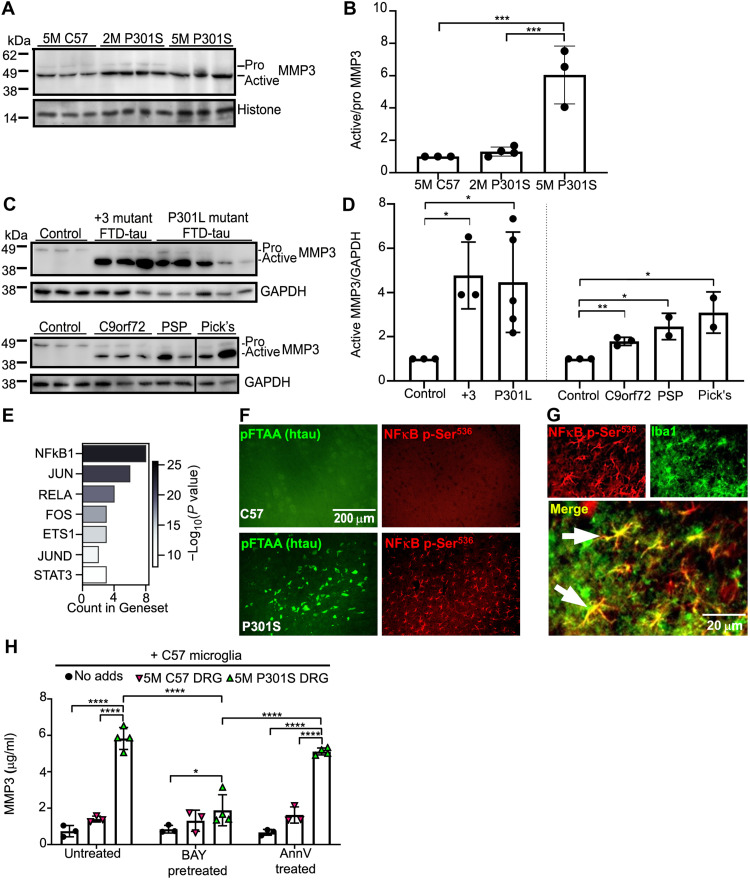Fig. 6. MMP3 is converted to its active form in transgenic P301S mice and human neurodegenerative disease and is under transcriptional control of NFκB.
(A) Immunoblot of pro and active MMP3 expression in the frontal cortex of 5M C57 wild-type and 2M and 5M P301S transgenic mouse brains. (B) Ratio of active/pro forms of MMP3 showing that significantly more active MMP3 is expressed in the brains of 5M P301S mice (5M C57 versus 5M P301S P = 0.001, 2M P301S versus 5M P301S, P = 0.001; one-way ANOVA). N = 3 to 4 independent experiments, means ± SD. (C) MMP3 expression in the frontal cortex of controls, +3 and P301L mutant FTDP-17T cases, FTD with C9orf72 mutation cases, Pick’s disease, and midbrain from PSP cases. (D) Ratio of active MMP3/GAPDH intensities showing greater active MMP3 expression in neurodegenerative disease versus healthy control (Control versus +3 FTD, P = 0.0125; Control versus P301L, P = 0.0428; Control versus C9orf72, P = 0.0023; Control versus PSP, P = 0.0187; Control versus Pick’s, P = 0.0244; Student’s t test per blot). N = 3 to 4 independent experiments, means ± SD. (E) The number of proteins identified in the transcriptional regulation network using the Enrichr program; the shaded bar denotes −log10 transformation of adjusted P values that were computed by Fisher’s exact test within Enrichr. (F and G) NFκB phosphorylated at Ser536 (red) is increased in P301S mouse brainstem (F) (pFTAA, green) and enriched in microglia as shown by colocalization with Iba1 (Iba, green, colocalization in yellow). (H) Treatment of microglia with the NFκB pathway inhibitor BAY11-8072 significantly prevents the expression of MMP3 in cocultures of P301S aggregate-containing neurons and microglia. BAY11-8072 was added for 24 hours. AnnV masking of Ptdser over the same period does not prevent MMP3 production (P = 10−5, two-way ANOVA and Tukey post hoc), means ± SD.

